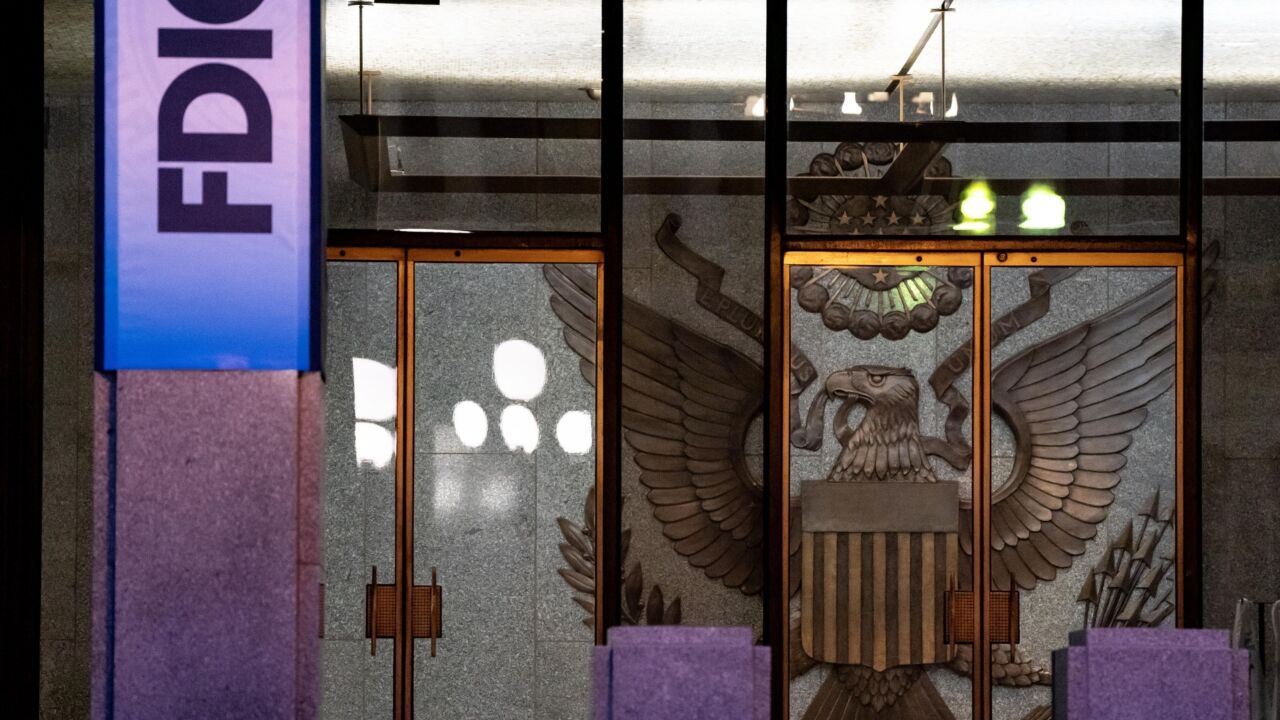Ideally, Swift would like to see its worldwide bank network fully adopt its
The two can operate separately, but Swift feels a bank doing one without the other will not enjoy the full benefits of GPI, a payments tracking technology that has banks operating with identical messaging, settlement times and security measures within their legacy systems.
And Swift has long viewed the
As such, Swift would like to see its current number of 3,500 banks registered to use GPI and 450 already using it balloon to the full 10,000 banks operating with Swift standards by the end of 2020. Its timetable for all banks to be on board with ISO 20022 is 2025.

"GPI is pretty successful today without ISO 20022, as messages are being tracked just fine, but it has limitations in terms of information you can attach to the payment," said Stephen Lindsay, head of standards at Swift. "We see GPI and ISO 20022 really combining for the next generation of payments modernization."
In creating GPI two years ago, Swift signaled that the bank networks already in place were not broken and that any new technology trying to replace them was potentially not a wise investment of time and money.
Instead, the international payments messaging standards provider stressed that the problem was in banks trying to communicate with each other under different policies, rules, payment settlement timing and, possibly, how they were applying new technology to legacy systems. GPI was established to smooth out all of those rough edges and put communication and speed at the forefront through efficiency rather than major technology makeovers.
Acceptance of ISO 20022 occurs when an entire country or network of banks has the infrastructure in place to move forward with the rich-data messaging and declares it will adopt the standard.
Similarly, the U.S. Federal Reserve and the Clearing House Interbank Payments System plan to switch from proprietary formats to ISO 20022, phasing it in between 2020 and 2023.
Meanwhile, Swift plans to do the same thing for its network. "Not everyone will move at the same time," Lindsay said. "There will be some translation capabilities that we will offer so that a big bank can communicate with a small bank during the transition."
That means the traditional message timing (MT) standard — which dates back to the 1970s — would still function if a larger bank sent an ISO 20022 transaction to a smaller bank with an MT back office.
"Swift will translate the message back to MT, so the bank can accept that payment," Lindsay said. "It will receive it in legacy format and create interoperability between the banks."
It just won't have all of the benefits of ISO 20022 and establish the overall upgrade that Swift hopes the combination of GPI and ISO 20022 will bring the banks.
"The beauty of GPI is that banks in the participating network have transparency into the fees and agree to a level of service in same-day settlement, with tracking of the payment along the way," said Erika Baumann, senior wholesale banking analyst for Aite Group.
"The issue with this, of course, is that if a bank on either end is not on the network the benefits are not realized and we have the age-old issue of cross-border headaches from unknown settlement and fees," Baumann said.
If banks are not operating within GPI, even if they are a Swift member, the "cross-border pain points do not improve," Baumann added. "To meet future demands, GPI participation is essential especially when there are other solutions in the market that can remove the biggest pain points from cross-border payments."
Swift's GPI network
JPMorgan Chase vaulted itself into the instant payments picture through cryptocurrency in launching its own
But Swift has been confident in its approach, reporting
"This is about strengthening the Swift GPI offer in the international payments space by improving the quality of the data," Swift's Lindsay said.
Banks already have to start collecting better data from other channels and properly structure it for various compliance reasons, Lindsay said.
"The change in our standard is responding to other needs that are already out there, rather than an artificially created need of its own," he added.





